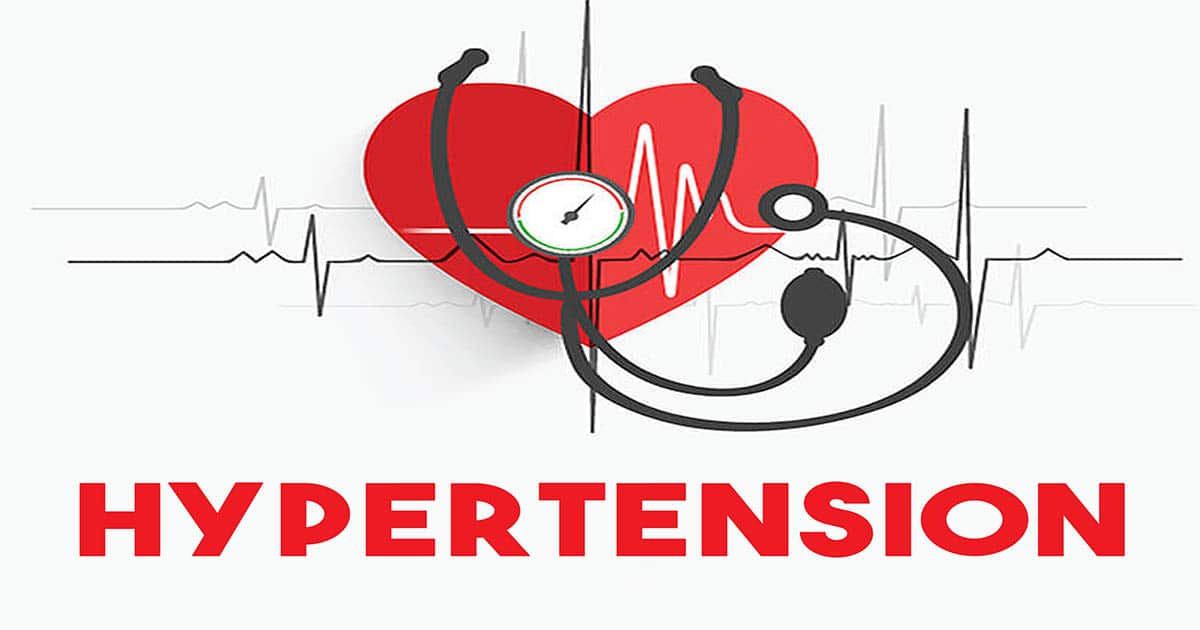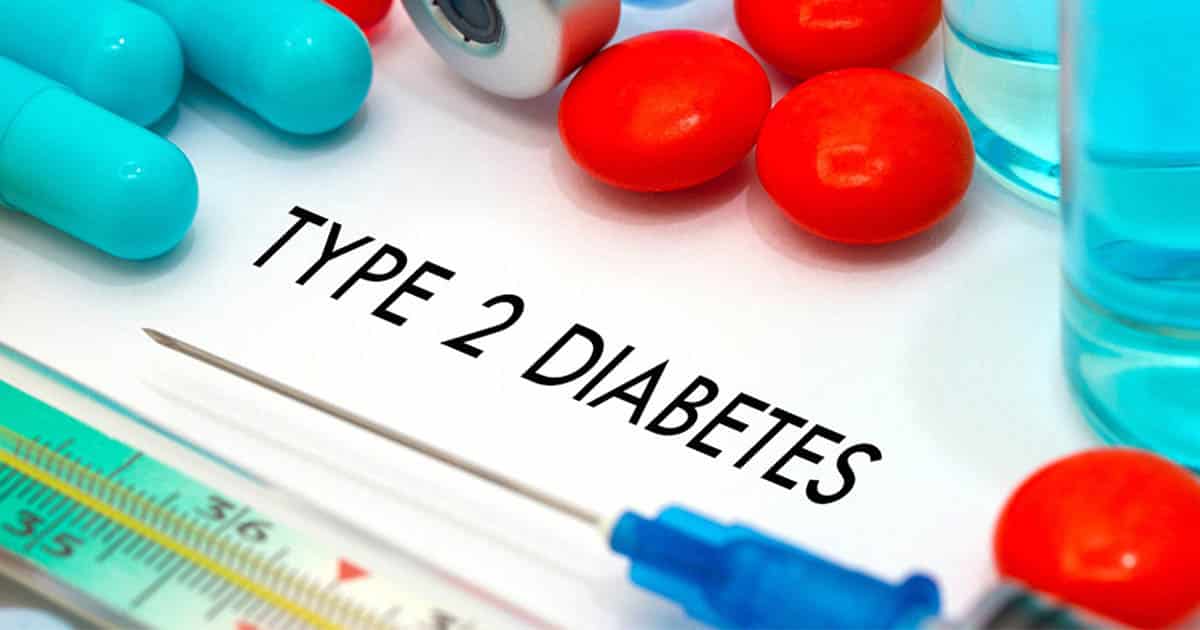What Is Hypertension ?
The medical term for blood pressure against one’s arteries is hypertension. This condition, if untreated and prolonged, can lead to grave consequences such as coronary disease or kidney failure among others since it damages the veins over time. Its symptoms tend not to manifest in individuals making its management a challenge hence termed “silent killer.” The progress of this ailment often goes undetected until years later when already too far advanced before intervention becomes viable.
As per the Centers for Disease Control and Prevention (CDC), roughly 75 million individuals in the United States have hypertension. Though certain factors that increase risk of developing hypertension such as age, genetic background, sexual orientation or ethnicity can’t be controlled by oneself; one’s diet plan and physical activity may assist to curb it. Consuming meals with high levels of fiber, magnesium along with potassium might also aid in managing blood pressure.
13 foods that assist with bringing down blood pressure
- Leafy Greens
Leafy Greens Potassium can help your kidneys flush out more sodium through urine and reduce your blood pressure as a result.
Leafy greens that are high in potassium include:
- romaine lettuce
- varugula
- kale
- turnip greens
- collard greens
- spinach
- beet greens
- Swiss chard
Canned vegetables typically contain too much sodium; however, frozen veggies contain the same vitamins as fresh produce while being much easier to store. You can even combine frozen veggies with bananas and nut milk for an energizing green juice drink!
- Berries
Within the realm of fruit, berries have been deemed most beneficial for blood pressure control – especially blueberries. Their flavonoid content has demonstrated notable effectiveness in hypertension prevention and reduction. Furthermore, research findings indicate that assimilating these blends may not only assist with managing this ailment but also potentially yield added advantages to its efficacy-enhancing effects.
Incorporating blueberries, raspberries and strawberries into your daily sustenance can be effortlessly achieved. Enliven breakfast by including them in cereal or granola as an alluring touch of sweetness. During times when you crave a wholesome treat without the hassle, frozen berries are a convenient alternative that won’t disappoint.
- Red Beets
Red beets contain high concentrations of nitric oxide, which is known to help open blood vessels and lower blood pressure. According to analysts, beetroot juice containing nitrates proved successful at doing just this within 24 hours!
Beets can be either juiced for juicer use, or cooked and eaten whole. Beetroots make delicious additions to simmered dishes such as sauces or stews, or chip form. When handling beets be cautious of how you handle the juice – it could stain both hands and clothing!
- Skim Milk And Yogurt
Skim milk is an excellent source of calcium and low in fat; both essential components in an eating regimen designed to lower blood pressure. Yogurt offers another viable option for those attempting to forego milk altogether.
American Heart Affiliation reports that women who consume at least five servings of yogurt each week experience a 20% reduced risk for developing hypertension.
Start mixing in granola, almond bits, and other healthy options into your yogurt for additional heart-protective benefits. Just be sure to pay attention when purchasing it; the lower its sugar amount per serving the better it will be for your health!
- Oatmeal
Oatmeal offers all of the qualities needed for an effective strategy for lowering blood pressure: fiber, low-fat content and reduced sodium levels. Eating oatmeal for breakfast is an incredible way to jump-start your day and give you plenty of energy!
Short-term oatmeal is a popular breakfast choice. To create them, combine 1/2 cup of moved oats and 1/2 cup of nut milk in a container before topping off your breakfast with fresh fruits, nuts, granola or cinnamon as desired in the morning.
- Bananas
Eating foods high in potassium is preferable to taking supplements. Add a banana into your grain or oatmeal breakfast for a potassium-rich addition or pair it with a hard boiled egg for a quick breakfast or snack option.
- Salmon, Mackerel, And Fish With Omega-3s
Salmon, mackerel and other fish rich in omega-3s should all be consumed regularly to stay healthy.
Fish is an exceptional source of lean protein. Fatty fish such as mackerel and salmon contain omega-3 unsaturated fats which have been shown to lower blood pressure, reduce irritation, and cut fatty oils production. In addition, trout contains vitamin D – an infrequent food component known for lowering blood pressure.
- Seeds
Fish can be an easy food to prepare. Simply wrap a filet of salmon in material paper, season with herbs, lemon and olive oil before broiling for 12-15 minutes at 450degF.
- Garlic And Herbs
Unsalted Seeds Unsalted seeds contain potassium, magnesium and other minerals known to lower blood pressure. You can enjoy munching on 1/4 cup of sunflower, pumpkin or squash seeds between meals as a healthy treat!
One study suggests that garlic may help with lowering hypertension by increasing levels of nitric oxide in the body, which promotes vasodilation (widening of vessels to lower blood pressure).
- Dark Chocolate
Implementing delicious herbs and flavors into your daily diet can also be helpful when trying to reduce salt consumption. Examples of such include basil, cinnamon, thyme and rosemary as possible additions.
Recent evidence shows that eating dark chocolate may reduce cardiovascular disease (CVD). One review suggested that as little as 100 grams a day might reduce CVD risks.
Dark chocolate contains over 60% cocoa solids and contains less sugar than regular chocolate, making it an excellent addition to yogurt or eaten alongside organic products like strawberries, blueberries or raspberries as a solid sweet.
- Pistachios
Pistachios have proven to be efficacious in the effective diminution of high blood pressure via ameliorating peripheral vascular impediment or constriction, and controlling arterial tension. It has been observed that consumption of a single serving portion of pistachio nuts on daily basis could potentially facilitate substantial reduction in blood pressure levels.
One can incorporate pistachios into their dietary regimen by integrating them as coatings, pesto enhancements and salad toppings or consuming them on their own as a snack.
- Olive Oil
Olive oil is an example of a healthy fat. Its polyphenol content serves to fight inflammation, potentially helping lower blood pressure.
Olive oil can help you meet the three servings of fat recommended in the Scramble diet (see below for more). Furthermore, olive oil provides an excellent alternative to canola oil, margarine or commercial salad dressing in meeting these goals.
- Pomegranates
It is worth noting that olive oil, a type of wholesome fat, can be regarded as an exemplary illustration. Through its polyphenol composition existing to combat inflammation within the body’s system for instance, this could pave way in terms of reducing blood pressure levels considerably.
In order to fulfill the three portions of fat recommended in the Scramble diet (mentioned later on), olive oil may prove advantageous. As a matter of fact, utilizing olive oil is an admirable substitute for canola oil, margarine or commercial salad dressing when pursuing these objectives.



